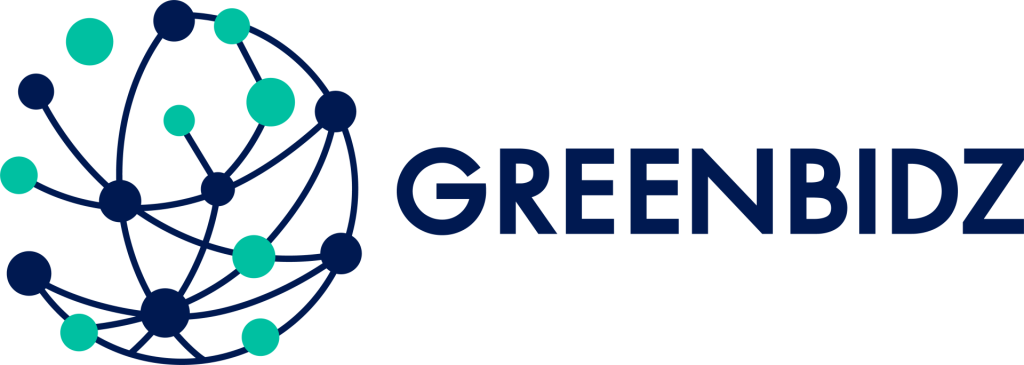In today’s cost-conscious and innovation-driven manufacturing landscape, many companies are turning to surplus auctions to source reliable, high-quality liquid filling and lab processing equipment. Whether you’re in the pharmaceutical, food and beverage, or cosmetics industry, buying used machinery can offer a smart path to upgrading your production capabilities without draining your capital. But like any investment, buying at auction requires preparation, technical awareness, and an understanding of the surplus equipment market. In this guide, we explore how to source surplus liquid filling and lab processing machines like a pro.
Liquid filling machines are central to many production lines. In pharmaceutical manufacturing, they’re used to dispense precise doses into vials, ampoules, or bottles. In the food sector, they handle everything from sauces and oils to juices and condiments. Cosmetic manufacturers rely on them to fill creams, serums, and lotions. The diversity of applications means there is an equally diverse range of filling technologies: piston fillers, gravity fillers, vacuum fillers, and peristaltic pumps, just to name a few. Understanding what type of filler suits your product viscosity, container type, and production volume is key before even entering an auction.
One of the biggest advantages of surplus auctions is access to specialized and high-end equipment at a fraction of the original cost. It’s not unusual to find well-maintained machines from major brands such as Bosch, IMA, Krones, and Cozzoli being auctioned due to factory upgrades, business closures, or relocations. These machines often come from clean, regulated environments, especially in pharma and cosmetics sectors, meaning the condition is generally above average. However, due diligence is critical. Always request the machine’s service history, inspect for signs of wear or corrosion, and verify any certifications or calibration documentation if available.
Processing equipment that accompanies liquid fillers—like homogenizers, mixers, pasteurizers, and clean-in-place (CIP) systems—also show up regularly in online auctions. These are essential to upstream preparation and downstream packaging, and buying them as a bundle or integrated line can simplify your installation. Look for listings where the original line configuration is still intact, as this can save significant time and cost during setup. In some cases, the auction seller or asset recovery company may also provide rigging, transport, or reinstallation services.
Timing matters when bidding. Some auctions are liquidation sales from shuttered facilities, where items are sold as-is, while others are surplus disposals from active manufacturers that may include maintenance records and operational videos. Knowing the difference can impact your strategy. Liquidation auctions tend to move quickly and have lower starting prices, but less transparency. Surplus sales often come from multinationals rotating out older, but still functional, machines—sometimes even under warranty. Both can offer value, but your risk profile should guide your approach.
Before you bid, confirm the machine’s compatibility with your facility: voltage, dimensions, throughput, and controls must align with your existing setup. For regulated industries like pharmaceuticals, equipment must also meet GMP, FDA, or ISO requirements. Some auction platforms list these details clearly, but don’t hesitate to contact the seller or auction house for clarification. A reputable seller will be happy to provide more documentation or photos on request.
One pro tip: if you’re new to buying industrial equipment via auction, start by observing a few live events or timed online auctions without bidding. This allows you to get familiar with the pacing, terminology, and platform rules. Some sites also have buyer premiums and payment terms that affect your total cost—always factor these into your budget.
There are also emerging platforms specializing in process equipment from Asia-Pacific, Europe, and North America. These marketplaces often organize their auctions by sector (pharma, food, cosmetics) and provide powerful filters to help narrow your search by machine type, condition, location, and brand. You can even set alerts for specific models, like Cozzoli F329 fillers or Bosch GKF capsule machines.
The takeaway? Buying used liquid filling and processing equipment at auction is an efficient, cost-effective way to modernize your production line. By understanding the specific equipment types, checking technical details, and doing your research on the auction itself, you can avoid common pitfalls and walk away with a great deal. Whether you’re a small batch producer or a multinational scaling up, surplus equipment is no longer just a fallback—it’s becoming a strategic sourcing channel for forward-thinking manufacturers.

